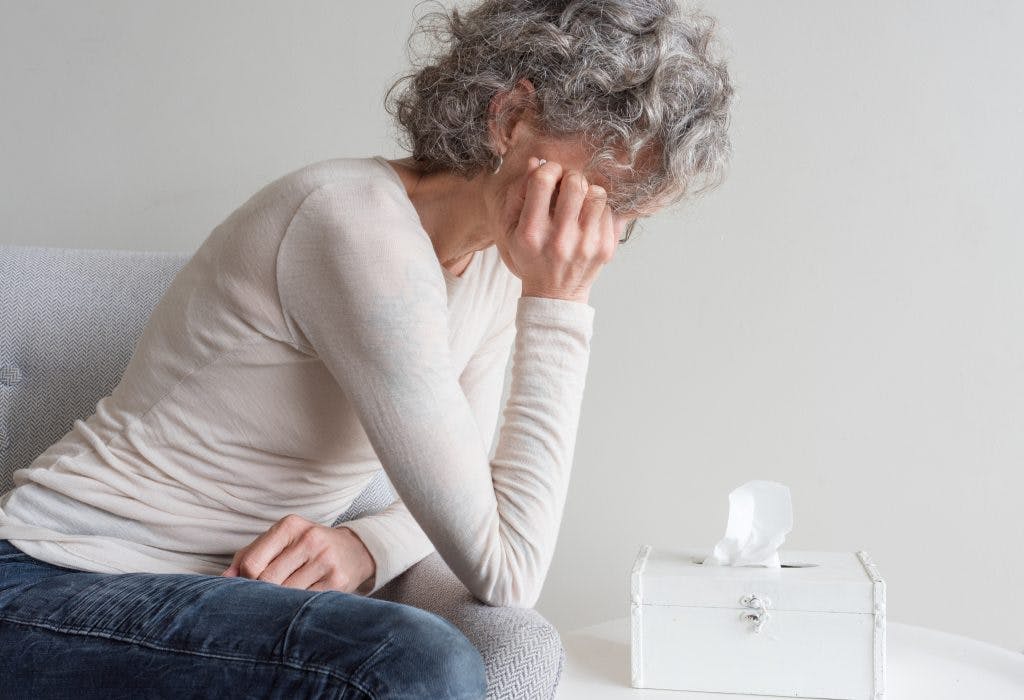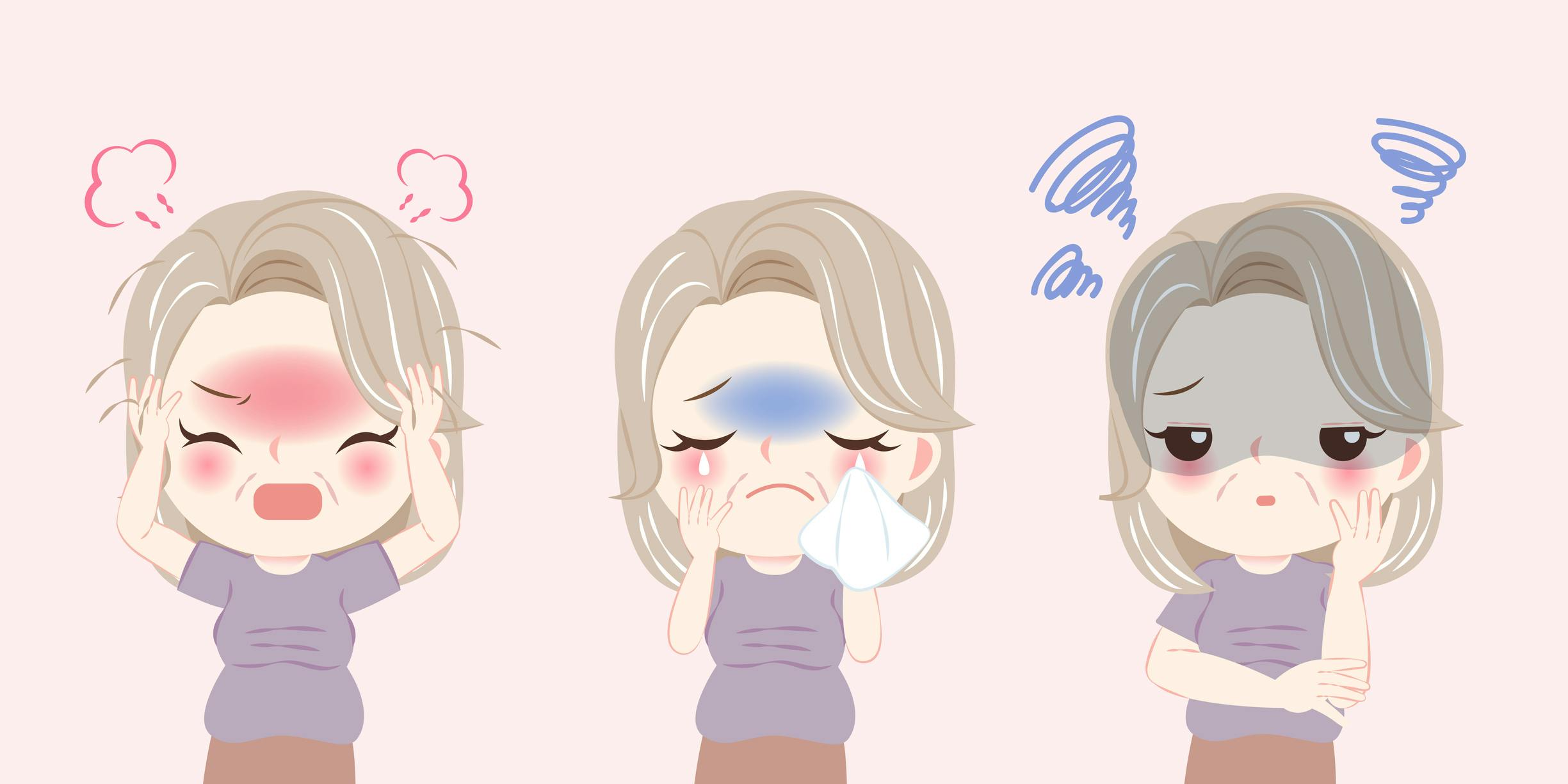Deborah J. Cohan was doubled over in excruciating pain, and while she guessed the source was gynecological, her doctor ignored her, insisting the problem was all in her back.
The pain only got worse. Rushed to the ER, Cohan was diagnosed with uterine fibroids—even after she told the doctor, over and over, she had no uterus — it had been removed at the same hospital a year earlier, as Health magazine reported last month.
It wasn’t until her gynecologist arrived that Cohan was correctly diagnosed with deadly ovarian torsion. More delays might’ve killed her.
Is it common for women's health complaints to be ignored?
For many women, seeing their medical ailments ignored, downplayed or brushed aside by doctors is as routine as an annual pap smear. It’s a gender bias in health care that's as old as time. Women in medieval times were misogynistically viewed as “leaky vessels."
Victorian-era doctors regularly dismissed women’s medical complaints as “hysteria.” But today a growing body of research is finally catching up to the pervasive nature and wellness effects of what amounts to health care gaslighting.
One area of research has increasingly revealed how gender bias in health care pervades the diagnosis and treatment of women’s chronic pain. When more than 2,400 women were asked about the care and treatment of their pain, 83 percent said they experienced gender discrimination from their doctors, and 65 percent felt their health care providers took their pain less seriously because they were women.
“I have seen many doctors… for my back pain and migraines and find that many of those doctors treat women as simple or stupid and direct questions or directions to male partners or friends,” said one woman in the National Pain Report survey.

Neurologist Dr. Fiona Gupta, director of wellness and health in the department of neurosurgery at the Icahn School of Medicine at Mount Sinai in New York City, said women are often told their health complaints are “all in their heads”—only to learn later they have a serious condition.
As she told the New York Times, “They knew something was wrong, but had been discounted and instructed not to trust their own intuition.”
How does health care gender bias fuel unequal care for women?

Research shows that discounting women’s health complaints fuels unequal care for women. A study of 981 patients in an emergency room found women were less likely to receive pain medications even when their level of pain was the same as men’s.
Women also had to wait 16 minutes longer than men to receive their pain prescriptions. One study in the Journal of Law, Medicine & Ethics indicated that doctors treat women’s pain less aggressively than men’s pain, even when the pain was frequent, lasted longer and was more severe than men’s pain.
Gender bias isn’t limited to pain treatment, and research suggests discrimination can put women at greater risk when the health care stakes are highest. In cases of life-threatening emergencies, women are less likely to receive CPR, and more likely to die, as the Guardian reported.
The reason? Fears about touching a woman’s chest, suggested one researcher. In a study of gender discrimination and heart disease, only 40 percent of women’s routine check-ups included a heart risk test — even though heart disease is the top killer of women, who are nearly two times as likely as men to die the year after a heart attack, as Today reported.
Can women's stories bring health care inequalities to the forefront?
As women confront gender bias in health care the exam room and in their everyday lives, an abundance of stories are also emerging about health care gaslighting in the area of reproductive health. This brand of discrimination is especially alarming given that more American women, particularly black women, die in childbirth in the United States than in any other industrialized country

Photo by Diego Duarte Cereceda
The harrowing, widely shared story of tennis legend Serena Williams is just one example of the insidious nature of this gender bias in health care. Williams, who gave birth to her daughter last fall, has a history of pulmonary embolisms, a deadly form of blood clots in the lungs. When Williams complained of shortness of breath after an emergency C-section, her nurse dismissed her fears about blood clots.
The nurse told Williams pain medicine might be making her confused. It wasn’t until Williams pushed for an MRI that doctors discovered blood clots in her lungs—and treated her in time to prevent a serious health crisis.
While Williams’ experience was among the most recent, and public, cases of gender bias in health care, it won’t be the last.